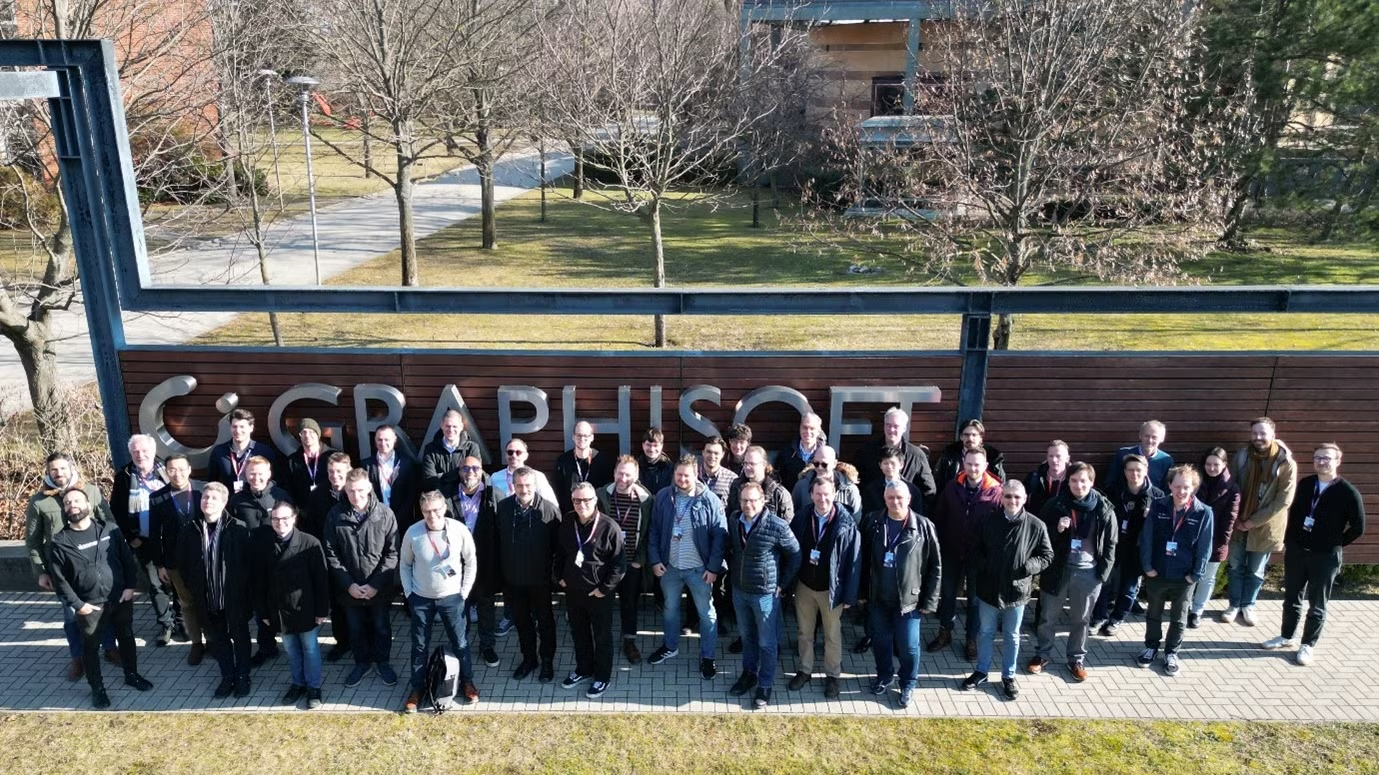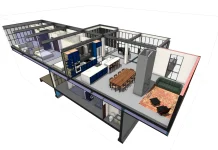With the April 2016 deadline for the use of Level 2 BIM on all centrally-procured government funded projects looming, the importance of standardised BIM objects is coming rapidly into focus.
There is a growing emphasis on manufacturers to provide good quality BIM objects, matched by designers’ desire to be able to create their own for bespoke and project-specific items in the knowledge that these will integrate with 3D models. Client groups, particularly those that undertake large numbers of projects are also realising the benefits, as they see that same quality objects are being used across different projects.
When NBS set about developing a standard for the authoring of BIM objects, it was important not only that the standard would be free for the whole industry to use, but also that it could be applied regardless of what software or BIM platform was being used.
This in itself was a challenging task to take on, as each BIM platform works in a slightly different way: some platforms, for example, have a good IFC schema inbuilt and COBie information is created upon export via an inbuilt translation process, while others input a COBie property directly. Therefore the NBS BIM Object Standard needed to allow for different approaches and focus on the outputted data rather than the process.
In the development of the NBS BIM Object Standard, a number of software venders were consulted including Autodesk, Bentley, Graphisoft and Vectorworks.
A further intention of the NBS BIM Object Standard was not to create a new ‘standalone’ standard but rather to draw on, refer to, complement and align with a number of documents. It refers heavily to the BS 8541 series, a code of practice that takes the form of guidance and recommendations for library objects for architecture, engineering and construction as well as COBie and the buildingSMART IFC schema.
While some standards, such as BS 1192- 4:2014, have been sponsored by the UK Government and made available free to the industry, other standards referenced by the NBS BIM Object Standard such as BS 8541 are available for a charge which is governed by the author of those documents, in this case the British Standards Institution (BSI).
It is common practice to cross reference other recognised industry standards and would be sensible for anyone creating BIM objects to access these.
The language used within the NBS BIM Object Standard documentation is, it has to be said, fairly technical and aimed to a large degree at those responsible for authoring objects. We acknowledge that not everyone will understand the specific terms used and so have added extensive guidance to each clause to explain terminology, definitions and to provide some context. Next to each clause a small ‘G’ icon can be expanded to reveal guidance while you can hover over any highlighted term to find the definition.
As we have always said, the NBS BIM Object Standard is not static. While the use of BIM has been mandated in the UK for centrallyfunded projects from 2016, there is still an enormous amount of further development to do and we expect the standard to evolve alongside this.
Find out more about the NBS BIM Object Standard http://www.nationalbimlibrary.com/nbsbim-object-standard.













